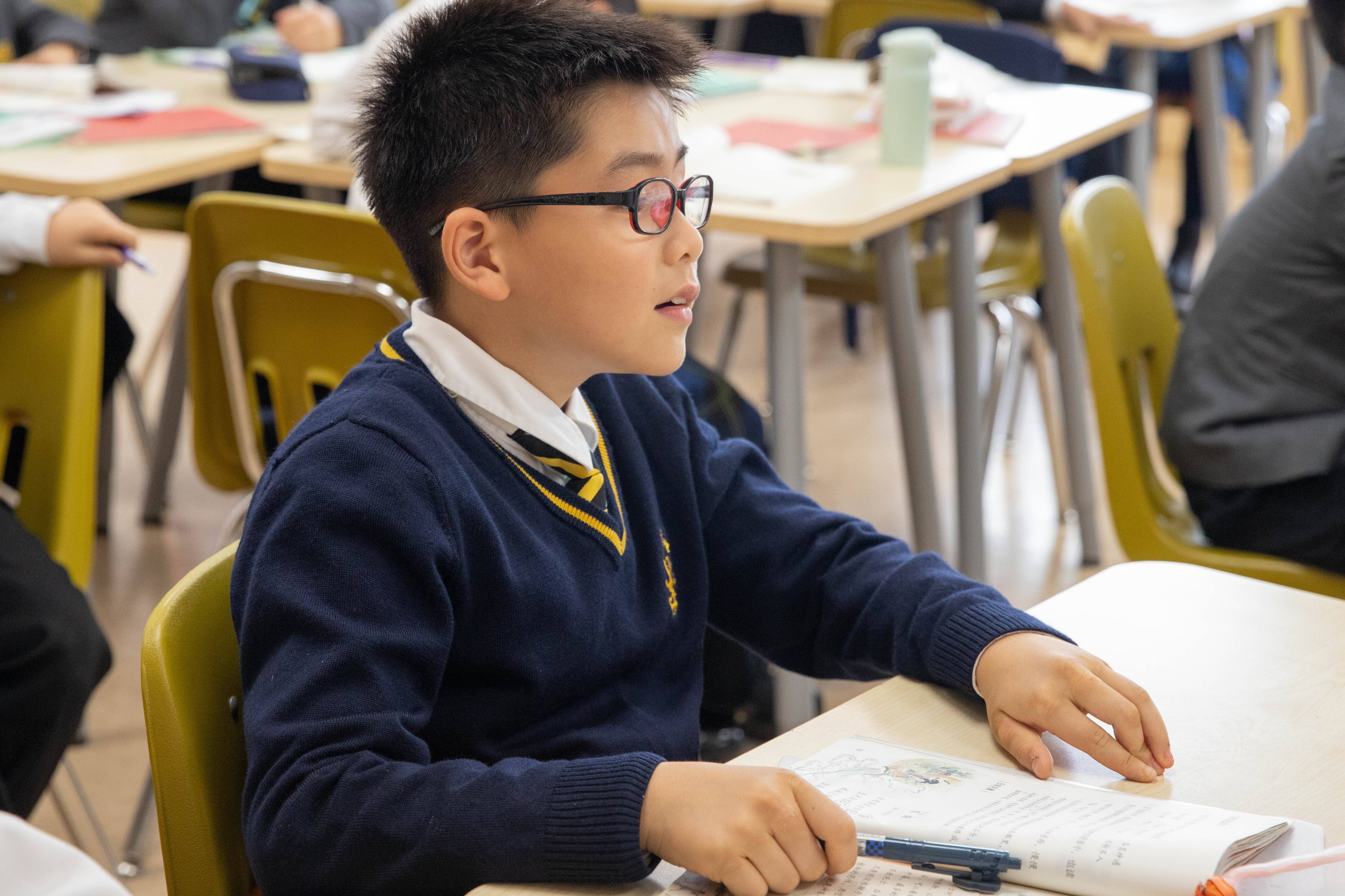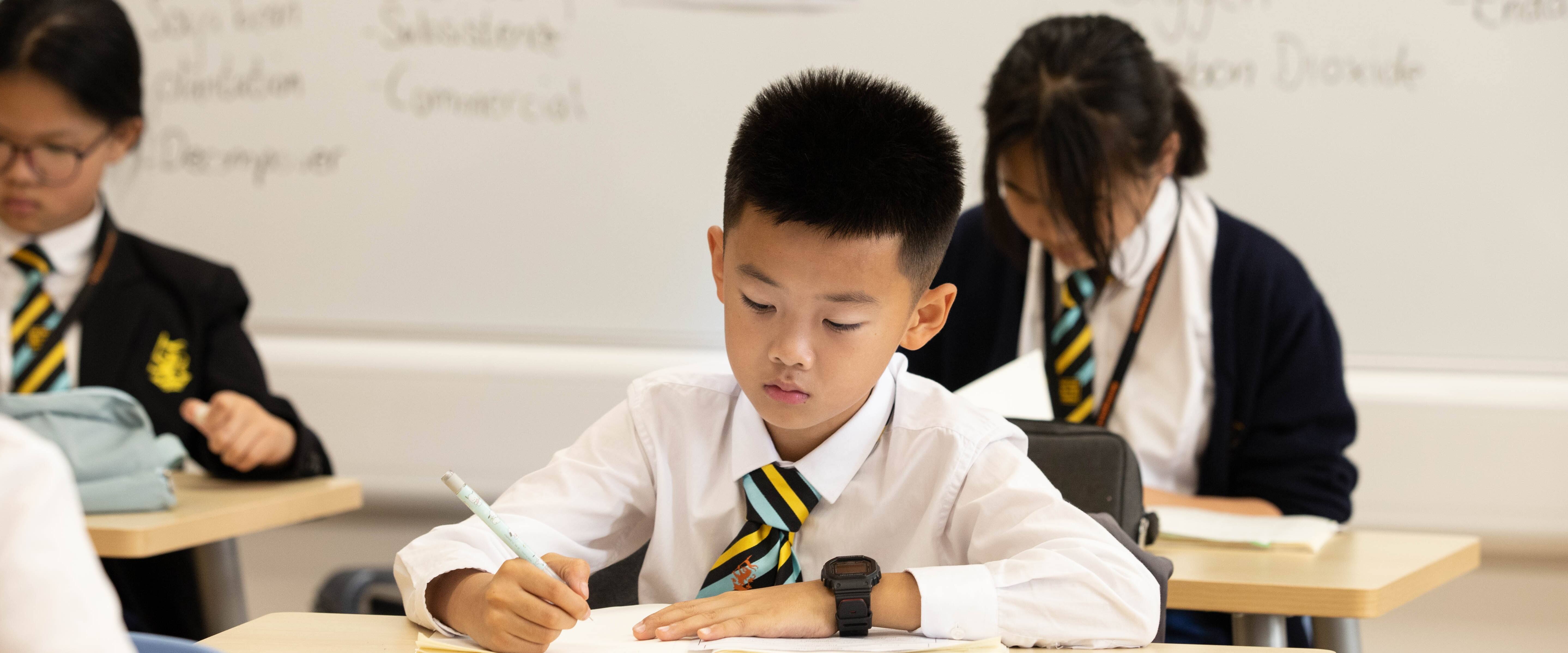
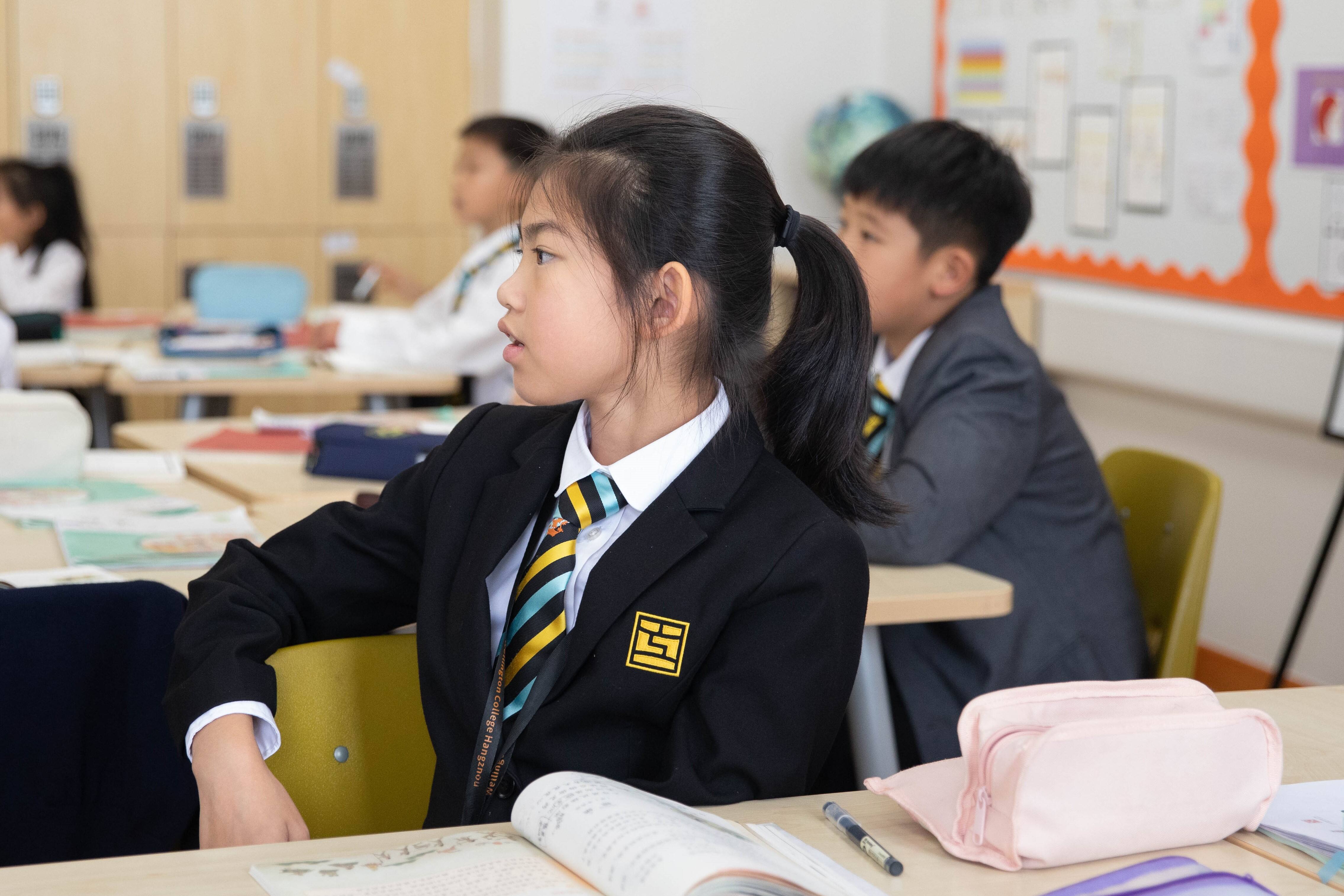
On the street in a foreign land, a Chinese girl played the Song of the Pipa Player with gu zheng, a Chinese plucked zither, gaining waves of applause from the audience. That was an exciting moment of how the charm of Chinese culture transcended the national borders.
Many dance shows have gone viral in recent years, namely the Night Banquet in Tang Dynasty Palace, Ode to the Goddess of Luo River, and Poetic Dance: The Journey of a Legendary Landscape Painting. The dancers were telling stories in Chinese history with their astonishing choreography. They were examples of our cultural essence that were widely popular at home and abroad.
Chinese culture has frequently made appearances on the international stage. It showcases how our young people are presenting Chinese culture and telling our stories on a broader stage, which could only be achieved with a solid language foundation and deep cultural understanding that should be cultivated from a very young age.
Ms. Joy Qiao, the founder and chairman of Wellington College China, once said that Hiba aims to “cultivate graduates who are fluent in both Chinese and English and think deeply in both languages while cultivating a strong sense of their Chinese identity” and to “help build the bridge between China and the rest of the world”. Aiming to be a top bilingual school, Hiba Academy Hangzhou has a Chinese department that follows a rigorous curriculum and a grand vision. We include history and classics in our lessons and assist Hiba pupils in developing their critical thinking skills with an everlasting pursuit of truth. In addition, we want our pupils to learn more about the extensive history of China and to tell Chinese stories well on the world stage. In today’s article, the Upper Primary Chinese department at Hiba will lead us on a tour of the Chinese curriculum. We also introduce our holistic approach to teaching Chinese at Hiba from the perspectives of reading, writing, and learning Chinese in a bilingual setting.
Chanting the ancient songs at the Hiba campus, Hiba pupils take one on a journey through thousands of years, where we are reminded of our roots by our script, phrases and poems. It is with us like palm lines our entire lives. As you grow up, as time goes by, don’t forget your root is forever there.
by the Chinese department of upper primary
Our curriculum framework and vision
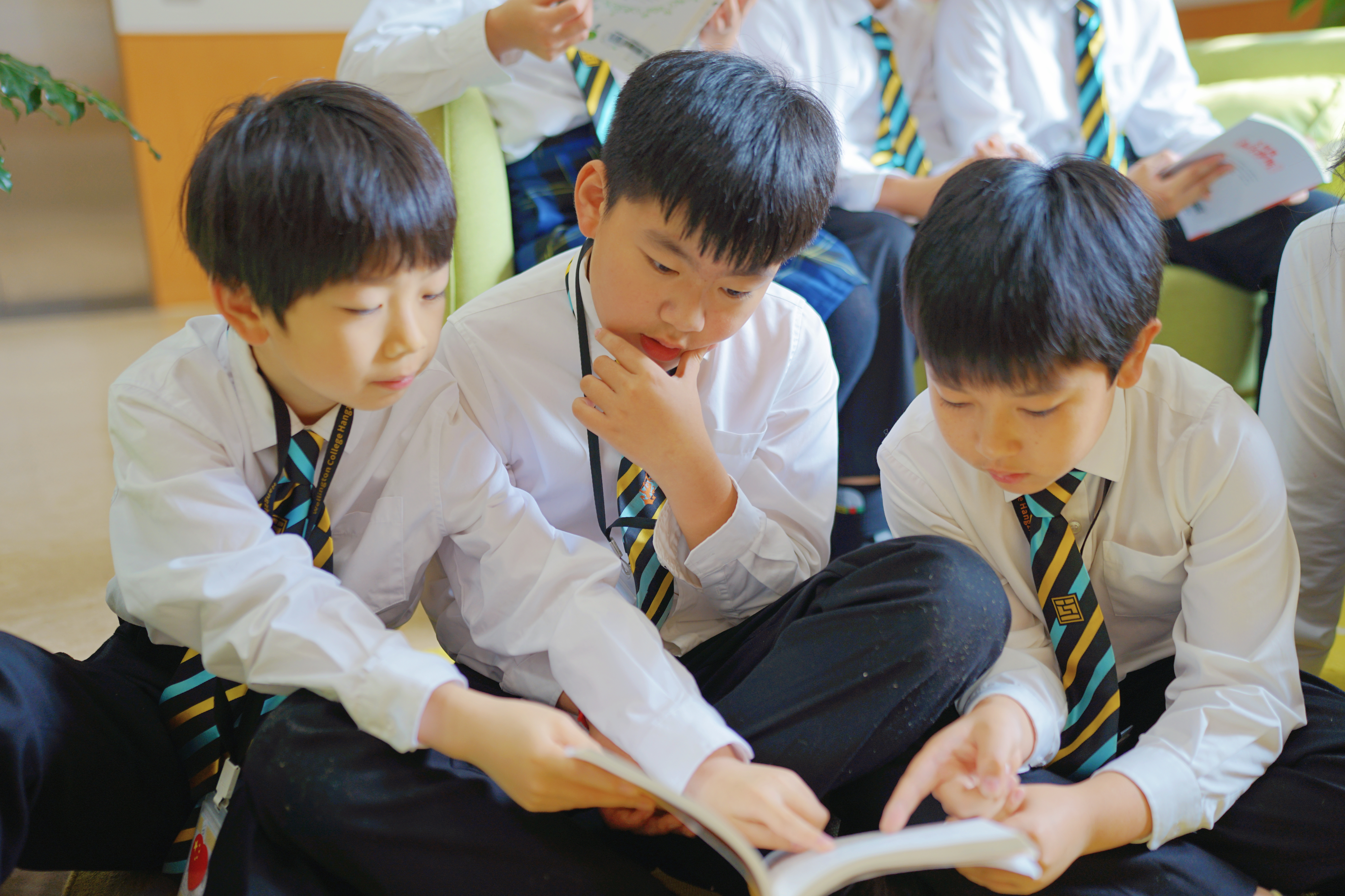
Our Chinese curriculum is centred around the curriculum set by the Ministry of Education in China and supported by Chinese cultural sessions throughout the course. The lessons are delivered in four dimensions, the study and utilisation of language, the improvement of thinking, the aesthetic appreciation and creation, and the transmission and understanding of culture. We want our Hiba pupils to become caring and bilingual talents who are well-rounded individuals with strong values and the skills to thrive within an ever-changing global society.
Hiba is where the journey starts for Hiba pupils to shine both on China and global stages. It is also a place for them to dream big and forge ahead.
Our Chinese cultural sessions throughout the course
We learn history
We draw strength from our history. The massive collection of our history books holds witness and answers to everything, be it stability or turbulence, immobility or movement, progress or stagnation. During our Chinese cultural sessions throughout the course, our grades 3 to 6 pupils have been learning the history and cultural traditions of the Chinese people in the dynasties of Tang, Song, Spring and Autumn and Warring States period, and the Three Kingdoms and two Jin dynasties.
For our pupils, these sessions are an excellent opportunity to appreciate the vast area of the Tang dynasty at its prime, taste the delicious food from the Song dynasty, revisit the turbulence of the Warring States period, and complement the unyielding spirit of sages of the Wei and Jin dynasties. In the studies of the history and geography of each dynasty, cultural customs, famous people and anecdotes, architecture and literature, pupils enrich their understanding of the culture and increase their confidence. The strength and heritage of the ancient people have been passed on for generations and continuously influence our pupils.
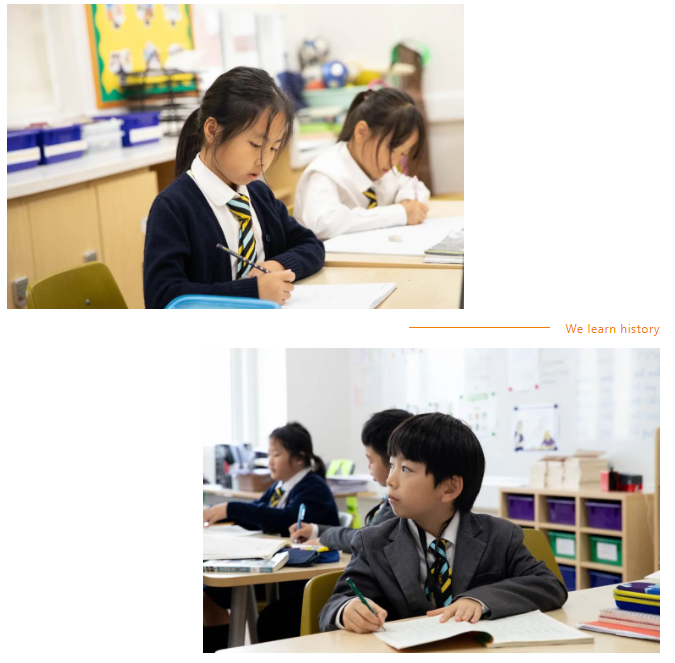
We learn classics
Poems, songs, articles and prose are the carriers of the wisdom and faith of Chinese culture that has been inherited for centuries. Our Chinese cultural sessions have also laid an emphasis on reading and understanding the classics.
The focus for grade 3 pupils is Tang poetry; for grade 4, Song Ci; for grade 5, the anecdotes in the Spring and Autumn and Warring States period and the Analects of Confucius; for grade 6, A New Account of the Tales of the World. Teaching at Hiba class is never confined to the textbook. We set learning groups to research different topics according to poets or themes. Hiba pupils are learning how Confucius’s wise words inspired others, how the sages behaved and spoke, how the brilliant and romantic poet Li Bai appreciated the world, and how the Chinese historian and poet Lu You expressed his deep love for his motherland. Like wearing jade for ceremonial occasions in the old days, Hiba pupils are equipped with carved or written essence – our cultural heritage.
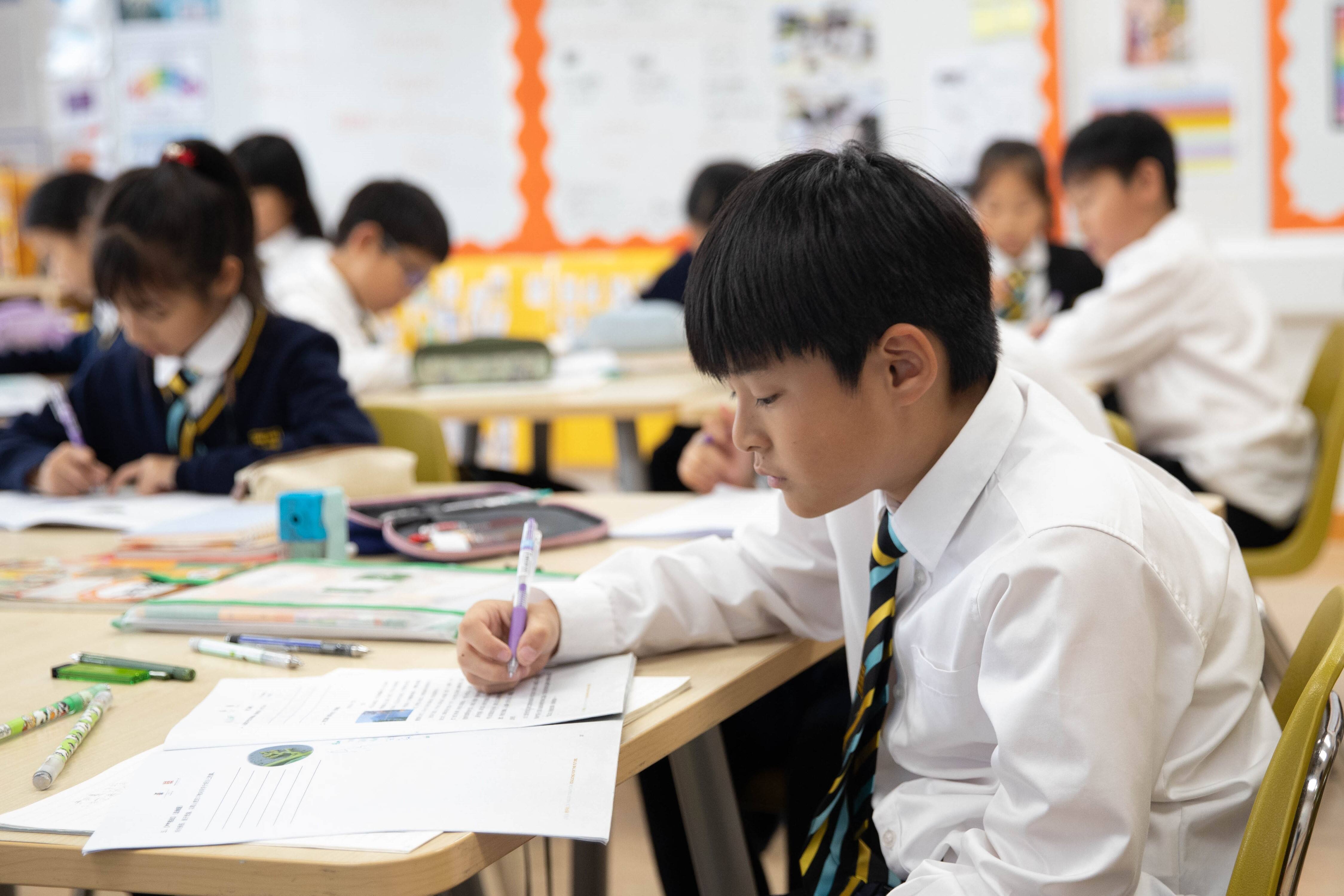
Let us take grade 4 learning as an example.
Our learning of Song Ci starts with Li Yu. Li Yu, the third ruler of the Southern Tang state, was also a master Ci poet that carried Chinese literature to the next stage. Wang Guowei, a Chinese historian and poet, wrote in his Poetic Remarks on the Human World that “it is after reading Li Yu’s Ci that Ci became a form of expressing border views and deep feelings.” Li Yu’s Ci promoted the Song Ci to be equally influential as Tang Poem. Li’s life experience also motivated the pupils to think deeply about life and history. It also inspired them to learn from history and apply previous experiences to real-life scenarios.
In the pursuit of truth with critical thinking skills
In Chinese lessons, we also focus on improving the critical thinking ability of our pupils. We want our pupils to be aware of current affairs and pursue truth with an ability to apply, analyse, evaluate and create.
In the last few years, Hiba pupils have become stronger thinkers through their creative writing, original textbook drama, comments on current affairs, and debate competitions:
We are proud to see Hiba pupils pursue truth, challenge with reason, and solve problems with courage. Undoubtedly, the brilliant Hiba pupils will be trendsetters with a resolution to tackle challenges through diligent work and critical thinking.
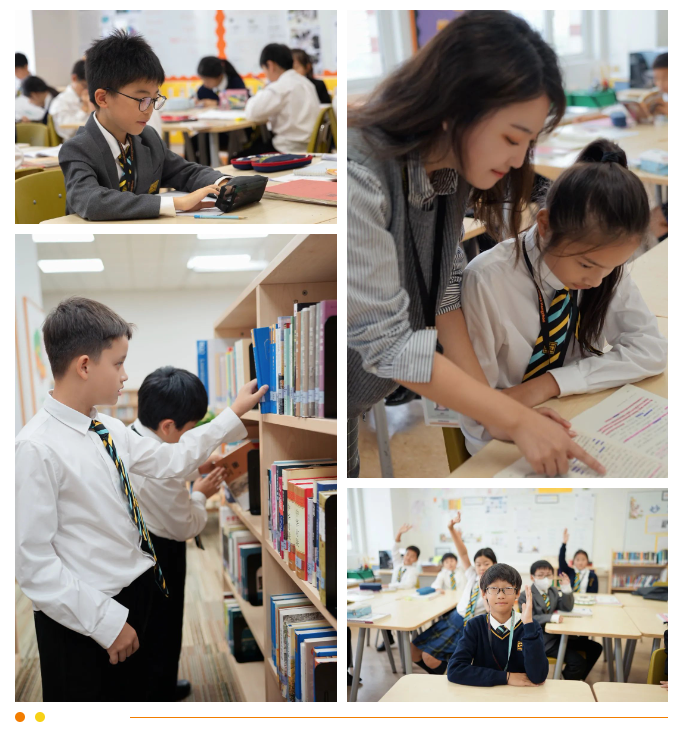
Embark on the journey together
Learning Chinese at Hiba is a starting point in the journey of building the bridge between China and the rest of the world. Holding noble ideals and rich spiritual strength, Hiba pupils have embarked on a journey to the global stage with cultural confidence under Hiba’s values and identities.
More information
How can we encourage pupils to read and help them fall in love with reading?
How can teachers provide teach effective reading instruction?
How can we teach our pupils to read in-depth for academic purposes?
Click here to learn more about the strategies for In-depth Chinese reading at Hiba
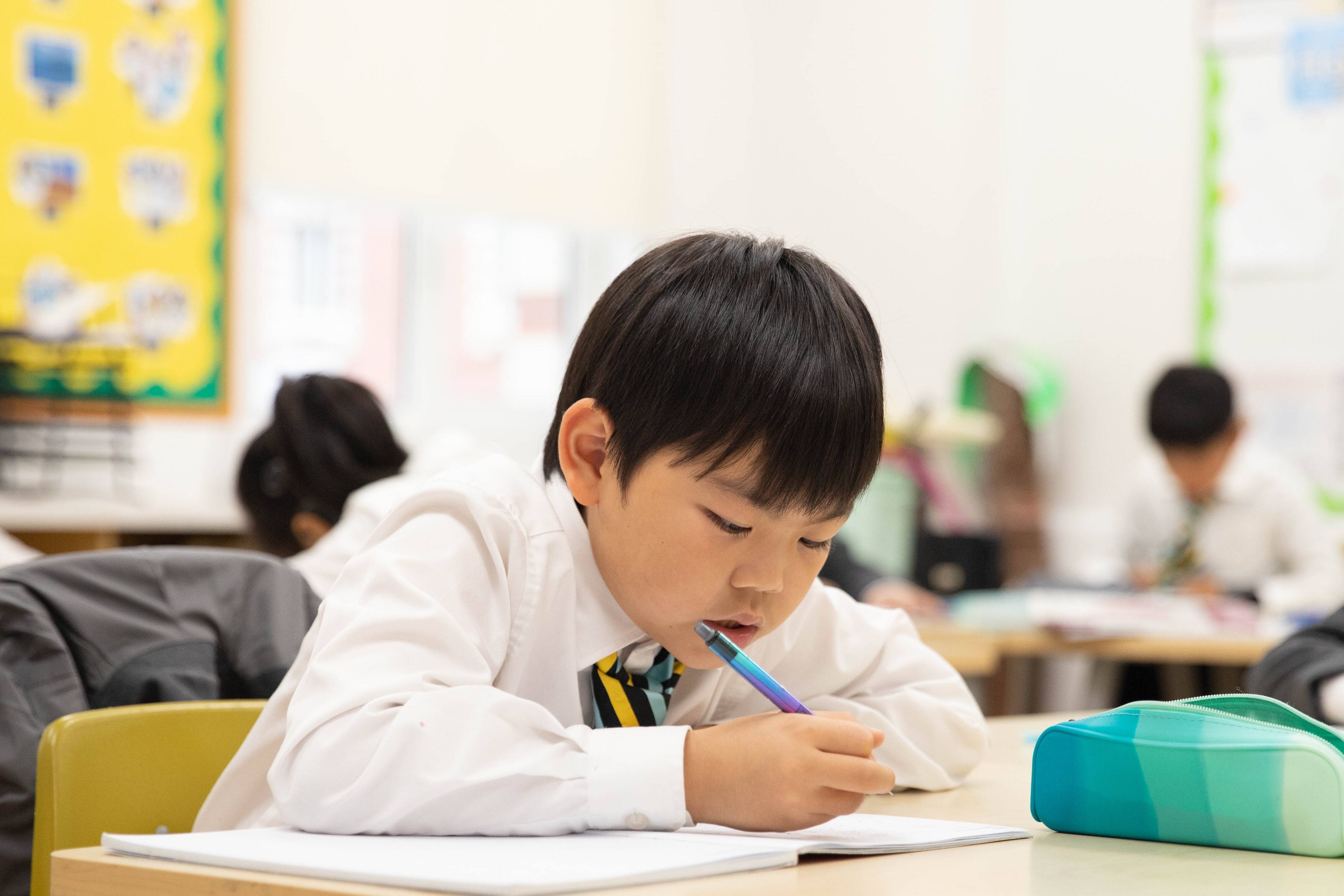
How do we write a good article?
Does it mean I can write a good article if I read quickly?
Click here to listen to how Tangtang, the Deputy Chair of Zhejiang Province’s Author Association and well-known fairy tale writer, think about reading and writing.
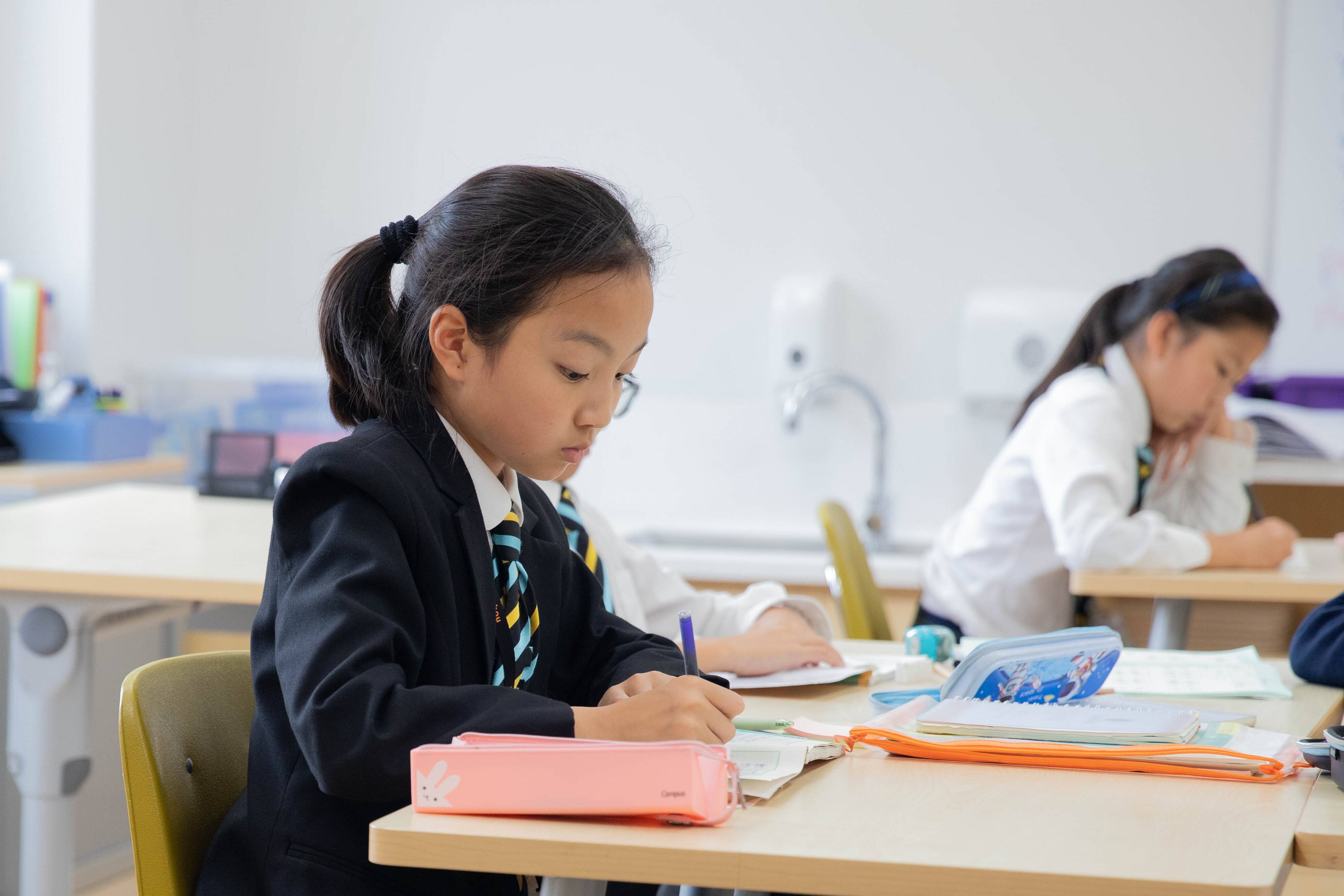
How do we ensure the learning of their mother tongue in the bilingual setting at Hiba?
How do we support our pupils to switch seamlessly between English and Chinese?
How do parents help their children build a solid Chinese foundation?
Click here to learn how pupils learn Chinese at Hiba.
